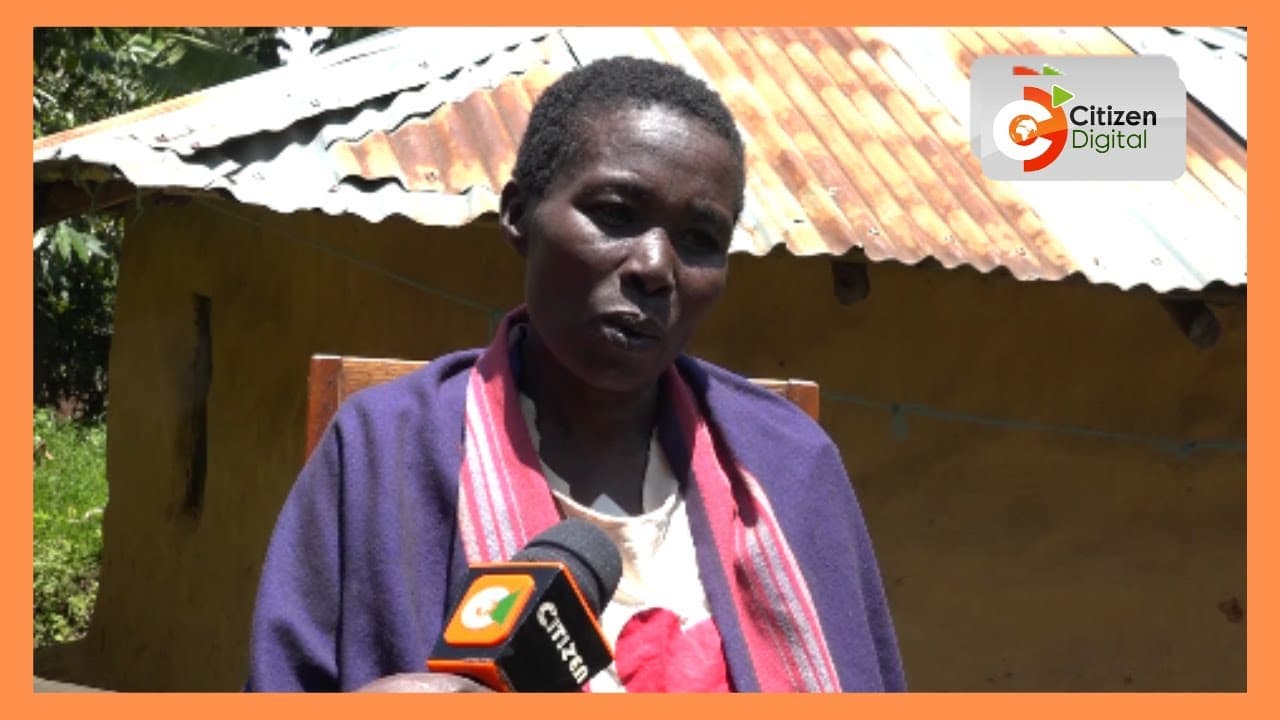Loading News Article...
We're loading the full news article for you. This includes the article content, images, author information, and related articles.
We're loading the full news article for you. This includes the article content, images, author information, and related articles.
A diagnosis of cancer in Kenya is not just a health crisis but a fast track to financial ruin, especially for low-income families. They face a devastating double burden: the disease itself and a healthcare cost that pushes them deeper into poverty.

For a growing number of Kenyan families, a cancer diagnosis is a catastrophic event, triggering not only a health crisis but a severe economic shock that can lead to immense debt and poverty. Non-communicable diseases (NCDs), with cancer as a leading cause of death, are rising rapidly in Kenya, now accounting for over half of all hospital admissions and nearly a third of total deaths. This surge places an extraordinary strain on households, particularly those with the fewest resources.
According to a World Bank report, the economic impact of NCDs on households is profound, reducing income by an average of 29% compared to 14% for other illnesses. For many, the cost of diagnosis alone is prohibitive. Multiple diagnostic tests for a condition like breast cancer can average KSh 40,100 (US$401) in public facilities and soar to KSh 120,500 (US$1,205) in private ones—figures that dwarf the total annual household expenditure for many Kenyans. This financial barrier is a key reason why an estimated 70-80% of cancer cases in Kenya are diagnosed at advanced stages, when treatment is less effective and more expensive.
Once diagnosed, the financial ordeal intensifies. Treatment costs can be astronomical, forcing families to make impossible choices. Many resort to selling assets, taking loans, and cutting back on essential spending to afford care. This often leads to what health economists term "catastrophic health expenditure," a situation where medical costs consume a significant portion of a household's income, pushing them below the poverty line. A 2018 survey revealed that out-of-pocket health payments push about 1.1 million Kenyans into poverty annually.
While the National Hospital Insurance Fund (NHIF), and its successor the Social Health Authority (SHA), provide a crucial safety net, coverage has limitations. Until recently, the NHIF cancer coverage was capped, and while the government has taken steps to increase this, gaps remain. For instance, the NHIF currently covers only 20 radiotherapy sessions per year. On Thursday, November 20, 2025, President William Ruto announced that from December 1, 2025, the cancer treatment cover under the SHA will increase from KSh 550,000 to KSh 800,000 to ease this financial strain.
The challenges are systemic. Kenya faces a significant shortage of cancer treatment infrastructure and specialists. Most advanced cancer care services are concentrated in Nairobi, creating a huge barrier for rural populations who must bear the additional costs of travel and accommodation. A qualitative study identified several key barriers to care: high costs, low public and clinician awareness, long distances to facilities, and the need for better policy implementation.
However, there are positive developments. The Ministry of Health has been expanding access to care. In May 2025, a partnership with Roche East Africa was announced to drastically reduce the cost of some breast cancer treatments, with session costs expected to drop from KSh 120,000 to KSh 40,000. The government is also working to strengthen cancer data collection to better inform policy and interventions, collaborating with international bodies like the International Agency for Research on Cancer (IARC). Furthermore, the National Cancer Institute of Kenya is actively funding research to address the unique challenges of cancer in the country.
Despite these efforts, the reality for thousands of Kenyans is that a cancer diagnosis remains a double-edged sword, threatening both their life and their livelihood. The path forward requires a multi-faceted approach: expanding affordable insurance coverage, decentralizing quality cancer care, and intensifying public awareness campaigns for early detection to lessen the devastating economic and social consequences of this disease.
Keep the conversation in one place—threads here stay linked to the story and in the forums.
Other hot threads
E-sports and Gaming Community in Kenya
Active 6 months ago
Popular Recreational Activities Across Counties
Active 6 months ago
Investing in Youth Sports Development Programs
Active 6 months ago
The Role of Technology in Modern Agriculture (AgriTech)
Active 6 months ago